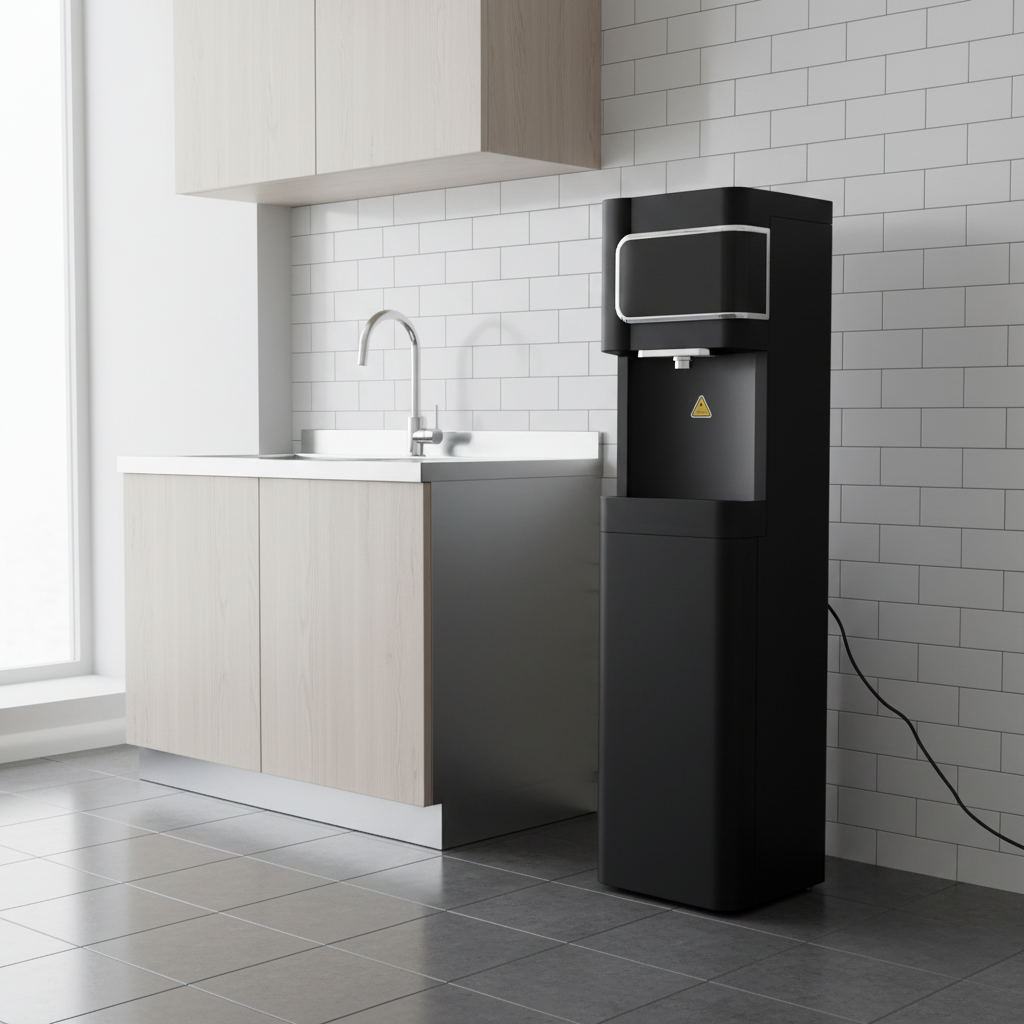Clean water is the cornerstone of a healthy home. With concerns about water quality on the rise and an array of purification technologies available, selecting the right water purifier can feel overwhelming. This guide cuts through the noise, helping you understand the key technologies and identify the system that best fits your water quality, lifestyle, and budget.
Step 1: Know Your Water’s Profile
The most crucial step in choosing a purifier is understanding what’s in your tap water. The ideal technology depends entirely on your local water quality-2.
- For Municipal Tap Water: This water often contains residual chlorine (affecting taste and odor), sediments, and potentially heavy metals like lead from old pipes-6. Effective solutions include activated carbon filters and more advanced systems-1.
- For High-Hardness Water: If you notice scale in kettles and showers, your water has high levels of calcium and magnesium ions. A Reverse Osmosis (RO) purifier is highly effective here, as it can remove these dissolved solids and prevent scaling-6.
- For Well Water or Rural Sources: These may contain bacteria, viruses, cysts, and agricultural runoff like pesticides. A combination of UV purification and RO technology offers the most comprehensive protection-2.
Pro Tip: Check your local water quality report or use a home test kit to identify key contaminants like Total Dissolved Solids (TDS). A TDS level above a certain threshold often indicates that an RO system is a suitable choice-2.
Step 2: Demystifying Core Purification Technologies
Once you know what you need to remove, you can understand which core technology aligns with your goals. Here’s a breakdown of the most common types:
| Technology | How It Works | Best For | Key Considerations |
|---|---|---|---|
| Reverse Osmosis (RO) | Forces water through a fine membrane, blocking contaminants-2. | High TDS water, heavy metals, dissolved salts, viruses-1. | Produces wastewater; removes beneficial minerals (though some models add them back)-6. |
| Ultrafiltration (UF) | Uses a membrane to filter out particles, bacteria, and viruses-1. | Good quality tap water; retaining beneficial minerals-6. | Cannot remove dissolved salts or heavy metals-1. |
| Activated Carbon | Porous carbon material traps contaminants through adsorption-1. | Improving taste/odor of municipal water; removing chlorine-1. | Limited scope; does not remove minerals, salts, or all microbes-1. |
| UV Purification | Ultraviolet light disrupts the DNA of microorganisms-2. | Bacterial and viral contamination-2. | Does not remove chemical contaminants or particles; must be paired with other filters-2. |
The Rising Trend: Mineral Preservation & Smart Tech
Modern systems often blend these technologies. A significant trend is the ”Mineral Preservation” RO system, which adds beneficial minerals back into the purified water for a healthier, better-tasting result-6. Furthermore, AI and IoT integration are becoming standard, allowing for real-time water quality monitoring and smart filter replacement alerts directly to your phone-6.
Step 3: Match the System to Your Household
Your family’s composition and daily habits are just as important as your water quality.
- For Families with Infants or Sensitive Groups: Prioritize safety and hygiene. Look for RO systems with UV sterilization and advanced materials that ensure water purity-6.
- For Health-Conscious & Flavor-Focused Households: If you enjoy the taste of natural water for brewing tea or cooking, consider a Mineral Preservation RO or Ultrafiltration (UF) system-6.
- For Renters or Small Spaces: You don’t need complex plumbing. Countertop purifiers or water filter pitchers offer a great balance of performance and convenience without permanent installation-10.
- For Large Homes or Serious Water Issues: For comprehensive protection that covers every tap, a whole-house filtration system is the ultimate solution-6.
Step 4: Don’t Overlook These Key Factors
Beyond the machine itself, these factors dictate long-term satisfaction.
- Long-term Ownership Cost: The biggest hidden cost is filter replacements. Before buying, check the price and lifespan of each filter-6.
- Water Efficiency: Modern RO systems have improved water efficiency. Look for models with better waste-water ratios (e.g., 2:1) to save money and water resources-6.
- Certifications Matter: Look for systems certified by reputable organizations like NSF International, which verifies that a product performs according to its claims-1.
- Brand Reputation & After-Sales Service: A reliable brand with a strong local service network is crucial for installation and maintenance-6.
Final Checklist Before You Buy
- I have tested my water quality (TDS, hardness, contaminants).
- I have chosen the right technology (RO, UF, Mineral RO) for my water and needs.
- I have calculated the long-term cost of filter replacements.
- I have verified the water efficiency rating.
- I have confirmed the brand has reliable after-sales service in my location.
Post time: Nov-21-2025


